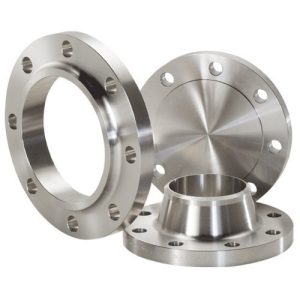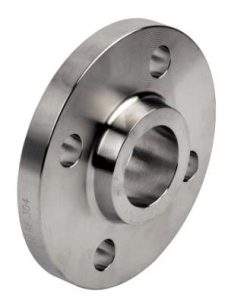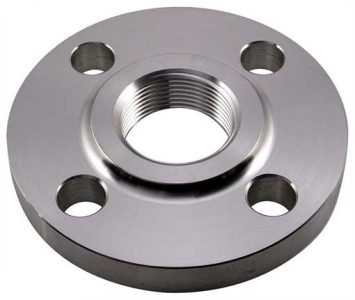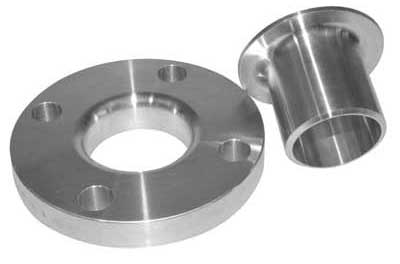Product Categories
Product Tags
Customized Machining Titanium Flange
Titanium flange is a part made of titanium or titanium alloy, also called flange flange or flange. Flange is a part that connects between shaft and shaft and is used for connection between pipe ends. It is also useful for flanges on the inlet and outlet of equipment for the connection between two equipment, such as reducer flanges. Flange connection or flange joint refers to a detachable connection in which flanges, gaskets and bolts are connected to each other as a set of combined sealing structures.
Titanium flange is a part made of titanium or titanium alloy, also called flange flange or flange. Flange is a part that connects between shaft and shaft and is used for connection between pipe ends. It is also useful for flanges on the inlet and outlet of equipment for the connection between two equipment, such as reducer flanges. Flange connection or flange joint refers to a detachable connection in which flanges, gaskets and bolts are connected to each other as a set of combined sealing structures.
Pipe flange refers to the flange used for piping in the pipeline installation, and refers to the inlet and outlet flanges of the equipment when used on the equipment. There are holes on the flanges and bolts make the two flanges tightly connected. The flanges are sealed with gaskets. The flange is divided into threaded connection (threaded connection) flange, welding flange and clamp flange. Flanges are used in pairs, low-pressure pipes can use wire flanges, and welded flanges for pressures above four kilograms. A gasket is added between the two flanges and then tightened with bolts. The thickness of flanges with different pressures is different, and the bolts they use are also different.
- Product specifications
Product surface: forged surface, rolled surface, turned surface, polished surfaceSpecifications: Various specifications are produced according to flange standards, and non-standard flanges specified by customers can also be produced according to drawings.
3. Delivery status: machined polished surface
4. Production methods: free forging, die forging, precision forging, welding
5. Inspection method: radiographic inspection, coloring, flaw detection, water pressure test and other inspections can be done according to customer needs.6. Material
TA1 (Grade 1), TA2 (Grade 2), TC4 (Grade 5), titanium alloy flange7. Performance standards
TA1/Gr1, TA2/Gr2, TC4/Gr5, Grade7, Grade9, Grade12

weld neck titanium flange

v band Titanium blind flange

Butt welding titanium flange size

ti 6al 4v titanium alloys exhaust pipe flange
Standard value
Grade | Al | V | N.max | C.max | H.max | Fe.max | O.max | Margin (single) max | Margin (total) max |
TA1 | 0.03 | 0.08 | 0.015 | 0.20 | 0.18 | 0.1 | 0.40 | ||
TA2 | 0.03 | 0.08 | 0.015 | 0.30 | 0.25 | 0.1 | 0.40 | ||
TC4 | 5.5-6.75 | 3.5-4.5 | 0.05 | 0.08 | 0.015 | 0.40 | 0.20 | 0.1 | 0.40 |
Mechanical performance reference standard | ||||
Grade | Mechanical properties at room temperature, not less than | |||
tensile strength | Yield Strength | Elongation | rate of reduction in area | |
TA1 | 240 MPa | 170MPa | 25% | 30% |
TA2 | 345 MPa | 275MPa | 20% | 30% |
TC4 | 895MPa | 825MPa | 10% | 20% |
Contact Us
Waiting for your email, we will reply you within 12 hours with valuable information you needed.
 English
English العربية
العربية 中文(漢字)
中文(漢字) Čeština
Čeština Dansk
Dansk Nederlands
Nederlands Suomi
Suomi Français
Français Deutsch
Deutsch Italiano
Italiano 日本語
日本語 ಕನ್ನಡ
ಕನ್ನಡ 한국어
한국어 Português
Português Русский
Русский Slovenčina
Slovenčina Español
Español Svenska
Svenska Türkçe
Türkçe





